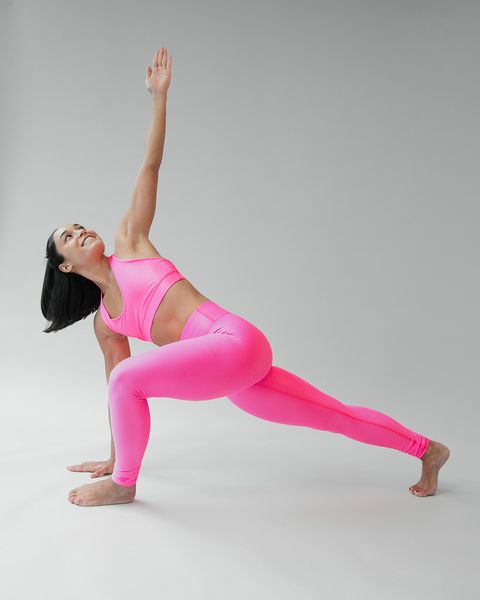In wellness, there are two types of people; those who never stretch and those who vaunt their flexibility with not-so-subtle jams.Stretching should be part of everyone’s routine, says fitness trainer Isaac Okoth, noting it is crucial to maintaining mobility and increasing flexibility.Izzo, as someone called him at the SGD gym where he works, says all the toe-touching and extensions are the less appreciated aspects of fitness.Stretching has several benefits, including keeping muscles healthy.“
It has also been scientifically proven that stretches help patients with underlying conditions such as diabetes and depression. Among other things, stretches increase blood flow, boost oxygen levels, and help deliver nutrients to the muscle tissues. Stretches also aid in the removal of metabolic waste,” he says.The human body has slightly over 600 muscles.
Izzo notes one only needs to stretch select muscles.He explains, “The areas critical for mobility are in your lower body; calves, hamstring, hip flexors in the pelvic floor, and leg quads.”For effective stretching, the trainer says he starts by taking his clients through the two categories of stretches; static and dynamic.“Static, as the name suggests, doesn’t require you to move. They are essential in preparing your body before a workout,” he explains.
Static stretching entails moving a muscle as far as it can go without feeling pain, then holding that position for 20-45 seconds.Dynamic stretching is movement-based, taking joints and muscles through a full range of motion.There are varieties of these, the most common being jog to quad stretch, leg pendulum, lunge with a twist, and walking knee to chest. Izzo advises that fitness watchers should repeat static stretches two to three times each session as they are very effective for increasing flexibility.
Consistency Stretching once today or occasionally, he observes, won’t result in perfect flexibility, but rather “you will need to do it over time consistently.”“It may have taken you many months to get tight muscles, so you aren’t perfectly flexible after one or two sessions,” says Izzo.Do stretches elongate muscles?The trainer is emphatic that that is a fallacy. He points out that stretching mobilizes and lengthens connective tissues surrounding muscles, allowing joints to move more freely.In a sense, he says, stretching relaxes muscles and minimises the possibility of picking up an injury.“
Most people don’t understand that stretching should be on a regular basis, not when you feel like it,” he says.The 35-year-old says he often observes people rushing to do stretches before and or after a workout, something he cautions about.15-minute sessions“Stretching is as important as the exercise itself, but most people ignore it by rushing into exercises or going home after a workout. At any given time, a good stretch should be at least 10 to 15 minutes before and after an exercise,” Izzo advises.
These long minutes of stretching, as opposed to the 2-5 minutes that Izzo has observed most people dedicating to stretches, help keep the muscles flexible and healthy.Without such extensive stretches, the muscles shorten and become tight or cramp. In such a scenario, Izzo says the next time the same muscles are called for an activity, they are weak and unable to extend as they should. That puts one at risk for joint pains and muscle strains.
Tight hamstrings Offering an example, he says sitting on a chair all day, as most employees who work in offices do, results in tight hamstrings in the back of the thighs and lower back pain.This makes extending legs or straightening knees harder or more painful, inhibiting walking.
A discomfort in the lower back might also be experienced.“After training, your muscles tend to cramp and become sour, and should you ignore calming them down by stretching, chances are high that you might end up tearing your muscles, and that now becomes a medical situation, an issue that could have been easily avoided from the beginning.”
When not to stretch Whereas stretches are important, there are instances when you shouldn’t engage in them.When one suffers a recent injury, had surgery, suffers from muscle knots, or feels cold, it is best to let the muscle rest.“Stretching when you’re chilly can cause unnecessary strain or even a muscle tear. As your muscles stretch better when warm




